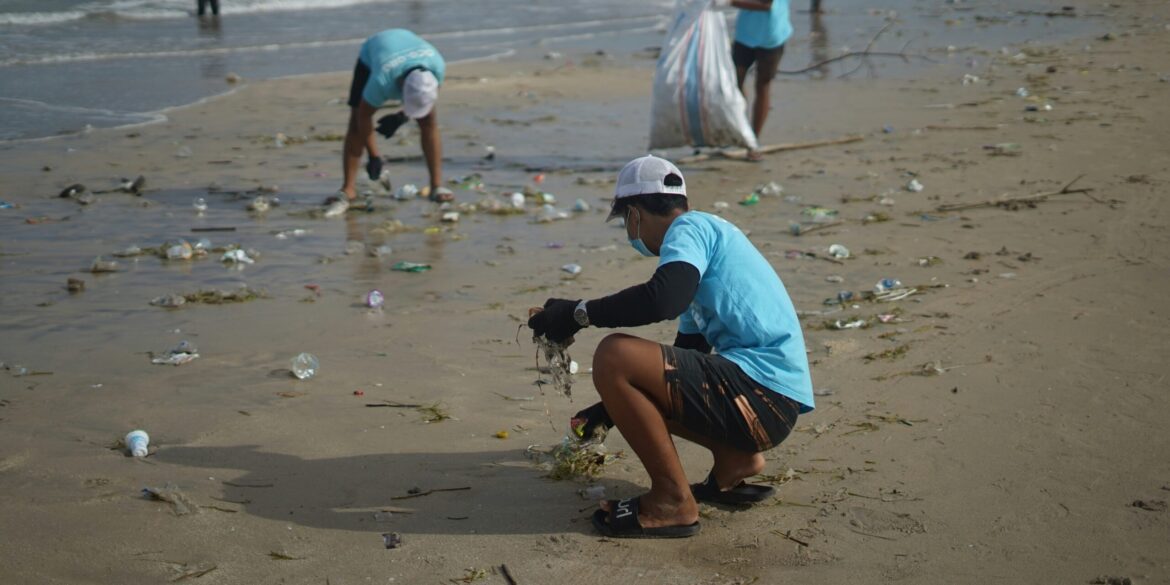A recent peer-reviewed study published on July 13 sheds new light on how microplastics accumulate in coastal and riverine environments, highlighting the surprising role of microbial biofilms in mediating their deposition. Conducted by researchers at MIT, the investigation underscores the vulnerability of bare sandy shores and riverbeds to plastic contamination—offering vital insight for coastal cleanup and conservation strategies nationwide.
Microplastics—tiny particles less than 5 millimeters in diameter—have become an environmental scourge. Present in marine waters, sediments, and even human blood, they pose risks to ecosystems and human health. Despite growing awareness, predicting where these particles settle has remained an analytical challenge due to complex interactions between currents, sediment types, and biological surfaces. Until now, most laboratory studies have focused on bare sand conditions—leaving a knowledge gap on how natural substrates, especially those with biological coatings, might influence microplastic fate.
Led by MIT postdoctoral researcher Hyoungchul Park and environmental engineering professor Heidi Nepf, the study simulated natural sediment beds in a controlled flow‑tank environment. The researchers lay down fine sand in chambers, some spiked with biological polymer to mimic naturally occurring extracellular polymeric substances (EPS)—the sticky foundation of microbial biofilms. In others, the sand remained uncolonized. Water laden with fluorescent microplastic beads was circulated for several hours. Afterward, ultraviolet photography quantified particle deposition across different test beds.
The researchers found that bare sand traps particles more readily, allowing microplastics to lodge deeply within sediment pores. In contrast, EPS-rich sediment reduces accumulation. Biofilm layers fill pore spaces, preventing plastics from burying deeply. The particles remain exposed on the surface—making them vulnerable to resuspension by flowing water. As Park explains: “These biological films fill the pore spaces between the sediment grains … that makes it easier for [microplastics] to be resuspended.” Nepf adds that “if one is without EPS and one is with EPS … the one without EPS has a much higher deposition rate.” Additionally, the presence of simulated mangrove roots within the flow tank demonstrated the influence of physical structures; turbulence around these structures further hindered microplastic settling.
The study suggests that coarse, sandy shorelines—often found at river and mangrove edges—may be microplastic “hotspots,” accumulating far more particles than biofilm-rich zones. In contrast, muddy or biologically active sediments, teeming with biofilms, naturally resist microplastic retention. Park notes that in mangrove environments, the outer, open-edge sands favor microplastic buildup, whereas interior, biofilm-rich sediments do not—implying that cleanup efforts should target these hotspots.
This study’s implications extend beyond laboratory insights. Surveys and removal efforts should concentrate on bare sand areas near coastlines, riverbanks, and mangrove fringes—where microplastics accumulate most. Vegetation planting or encouraging biofilm growth could serve as a passive barrier, minimizing microplastic retention in vulnerable zones. As ETH Zurich scientist Isabella Schalko observes, “restoration measures such as re-vegetation or promoting biofilm growth could help mitigate microplastic accumulation.” Field researchers can also use biofilm presence as an indicator to predict microplastic distribution and guide monitoring protocols.
The MIT findings align with a growing body of research emphasizing the role of biofilms in plastic fate. While prior studies have focused on how microbial colonization affects microplastic density, vertical transport, pollutant adsorption, and even pathogen hitchhiking, this work is among the first to pinpoint how biofilms influence microplastic deposition in sediment beds. Expanding on earlier knowledge, scientists now recognize biofilms as dynamic agents—processing nanoparticles and influencing ecological interactions, from bacterial growth to toxin binding. This study adds clarity by isolating the EPS-sediment interaction in a replicable simulation environment.
The open-access MIT paper, published in Geophysical Research Letters, calls for further research in natural settings, to consider variables like sediment texture, hydrodynamic forces, vegetation cover, and microbial composition. Future studies should evaluate long-term transport across seasons and varying environments. Practically speaking, coastal agencies and environmental managers should begin mapping biofilm density to locate high‑risk areas and couple this data with cleanup or restoration initiatives.
In sum, biofilms are not just biological curiosities—they are potential guardians of coastal zones, influencing whether microplastics settle or stay afloat. The MIT study provides a clear pathway: by understanding and leveraging natural biofilm processes, we can better predict, prevent, and manage microplastic accumulation in critical ecological areas.

